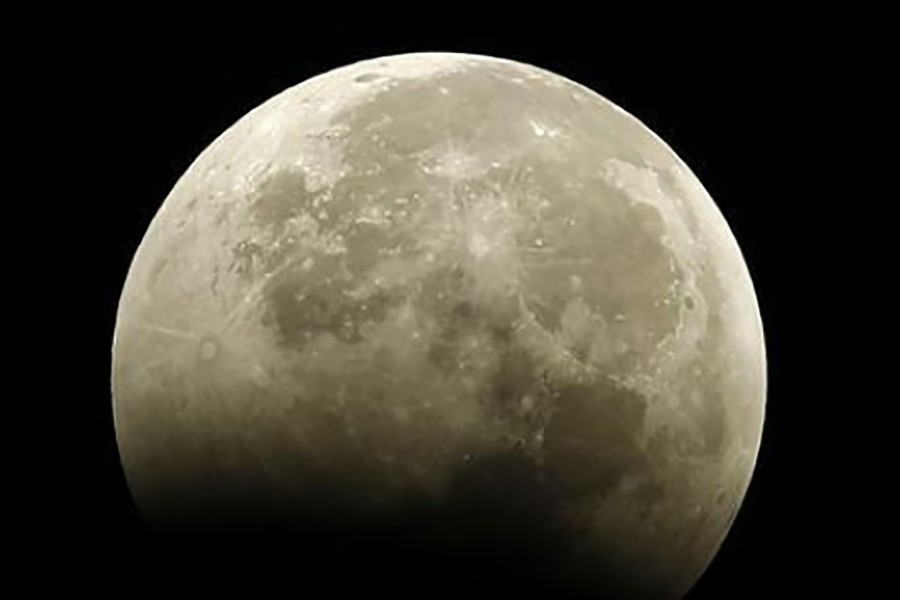The coronavirus has dealt a blow to NASA’s plan to return Americans to the moon by 2024, as the space agency chief has ordered the temporary closure of two rocket production facilities after an employee tested positive for the illness.
NASA Administrator Jim Bridenstine said in a statement on Thursday that he plans to shut down the Michoud Assembly Facility in New Orleans and the Stennis Space Center in nearby Hancock County, Mississippi, due to a rise in coronavirus cases in the region, reports Reuters.
“We realise there will be impacts to NASA missions, but as our teams work to analyse the full picture and reduce risks we understand that our top priority is the health and safety of the NASA workforce,” Bridenstine said.
The closures marked the latest in a series of setbacks NASA has faced in the development of its next-generation rocket, dubbed the Space Launch System, or SLS, and its Orion crew vehicle, envisioned for human missions to the moon and Mars.
Bridenstine did not say how long the shutdown might last but acknowledged it would require NASA to “temporarily suspend production and testing of Space Launch System and Orion hardware.”
Work on the SLS, led by Boeing Co as the prime contractor, has been dogged by years of delays and nearly $2 billion in cost overruns. The work stoppage in the face of the coronavirus pandemic comes as engineers raced to complete preparations for the rocket’s first all-engine ground test this summer.
On Tuesday, all 11 NASA centers were placed at Stage 3 of the agency’s coronavirus contingency plans, requiring staff to work remotely except for those assigned to “mission-essential” projects, including the Space Launch System.
But NASA’s Stennis center and the Michoud Assembly Facility were elevated on Thursday to Stage 4, the highest level calling for a temporary shutdown, after an employee was diagnosed with the virus.
The orders essentially put the brakes on NASA’s accelerated timetable for returning astronauts to the lunar surface by 2024, an achievement viewed as a stepping stone to human exploration of Mars.
The US Apollo program, NASA’s forerunner to the current lunar effort, accomplished the world’s first six and only manned missions to the moon between 1969 and 1972.


